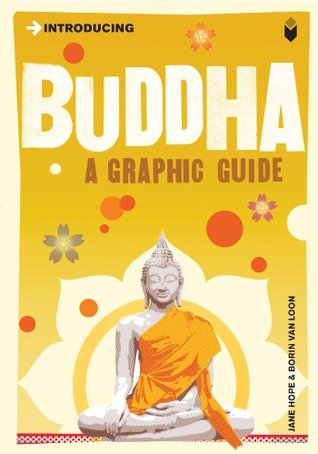More on this book
Community
Kindle Notes & Highlights
Started reading
February 19, 2018
The peace and equanimity of the Buddha comes from an acceptance of the transitory nature of life.
All of the Buddha’s teachings are a means to experiencing this for ourselves, not as a theoretical exercise but as direct experience.
Meditation practice is not concerned with perfecting concentration, or getting rid of thoughts, or trying to be peaceful. The practice merely provides a space in which we can relate simply with our body, our breath and the environment. Thoughts simply occur within a larger space. In that simple situation, we bring our attention back again and again from fantasy to the simple reality of being in the present moment.
if we accept our own suffering and fully relate it with the suffering of others, we transform that pain into a means of liberation.
Words are not the highest reality, nor’ what is expressed in words the highest reality. Why? Because the highest reality is an experience which cannot be entered into by means of statements’ regarding it.
We have to make friends with ourselves and be kind to those aspects of ourselves we like least. Learning to be kind to ourselves brings the discovery that fundamentally we are quite soft. We become hard when we habitually deny our own woundedness and blame others for causing our pain. In admitting our own hurt, we become soft and vulnerable.


